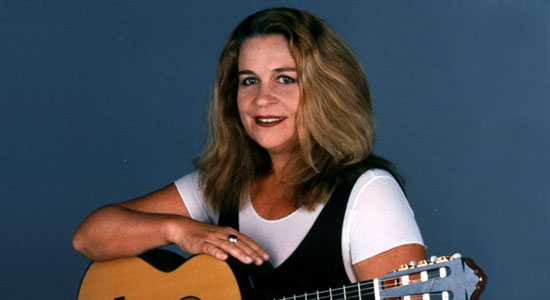 You might know award-winning critic/journalist Tom Moon from his bestselling book 1,000 Recordings To Hear Before You Die, his contributions to NPR’s All Things Considered or his freelance work in the likes of Rolling Stone, GQ, Blender, Spin and Vibe, but around the MAGNET office, when we think of Moon, we think of the nearly two decades he spent as the music critic of our hometown newspaper, the Philadelphia Inquirer. When you regularly read a writer’s work for that long, you feel like you really get a sense of who someone is, so we were shocked to find out that Moon is also a musician who just made an album. Into The Ojalá (Frosty Cordial) is credited to Moon Hotel Lounge Project and came out earlier this month. MHLP is an impressive, instrumental, jazz/lounge/Latin-leaning project featuring Moon and six local musicians playing nine Moon-penned tunes as well as a cover of gospel standard “Rock Of Ages.” We are excited to have Moon guest editing magnetmagazine.com all week. Read our new Q&A with him.
You might know award-winning critic/journalist Tom Moon from his bestselling book 1,000 Recordings To Hear Before You Die, his contributions to NPR’s All Things Considered or his freelance work in the likes of Rolling Stone, GQ, Blender, Spin and Vibe, but around the MAGNET office, when we think of Moon, we think of the nearly two decades he spent as the music critic of our hometown newspaper, the Philadelphia Inquirer. When you regularly read a writer’s work for that long, you feel like you really get a sense of who someone is, so we were shocked to find out that Moon is also a musician who just made an album. Into The Ojalá (Frosty Cordial) is credited to Moon Hotel Lounge Project and came out earlier this month. MHLP is an impressive, instrumental, jazz/lounge/Latin-leaning project featuring Moon and six local musicians playing nine Moon-penned tunes as well as a cover of gospel standard “Rock Of Ages.” We are excited to have Moon guest editing magnetmagazine.com all week. Read our new Q&A with him.

Moon: Lately I’ve been pondering the endlessly cyclical nature of art. I’m thinking not just with the ways periods of relative stasis are followed by periods of explosive creativity, but what happens to the legions of totally competent b-list practitioners and opening acts in the aftermath of such an explosion. Consider: It must have been tough to be a working jazz tenor saxophone player in the hardbop peak year of 1957, when Sonny Rollins, John Coltrane and the other titans of the instrument were rethinking the codes of jazz. According to the mythology, there were lots of gigs at the time. Not all of them featured a bankable “star,” and that’s where timelines of Great Works fall short: There was plenty of near-great work happening on the undercard. Listen to records made that year by rank-and-file tenormen—Hank Mobley, Sonny Stitt and Gene Ammons, to name three among many—and you encounter astoundingly precise, spirited playing that kept cash registers ringing. Even if it didn’t move the goalposts or change the dimensions of the playing field. And that’s better than OK; as your worried mother might have said, “Not everyone can be Coltrane.”
There are examples of this in every substrata of music. One of my current obsessions is Brazilian singer Wanda Sá, who had the misfortune of coming along around the time Elis Regina (arguably the most underestimated vocalist of the 20th century) and Astrud Gilberto were reigning. Which is to say she may not have had much chance at stardom, because her field was overcrowded with megawatt genius. The few albums Sá recorded in the ‘60s, starting with the amazing Vagamente, are sullen and transfixingly subtle masterworks of implication, studies in just how much can be said with the smallest gestures. Phrasing way behind the beat, moving through aching and beautiful melodies at a half-dazed pace, Sá represents the late-night flip side to the showier aspects of bossa nova exported to the U.S. and Europe. Her voice is heartache in audio form, and while there’s deep technical command on board—you have to have great pitch to slosh around like she does—with Sá you never feel as though you’re hearing a singing exhibition. She pours pure soul. Listening to her records, the precious few she made in the ‘60s and several that followed her surprising re-emergence at the turn of the century, you almost can’t help but wonder what might have happened had she come along at a slightly different time.
Video after the jump.
http://www.youtube.com/watch?v=twex3NUByKg






